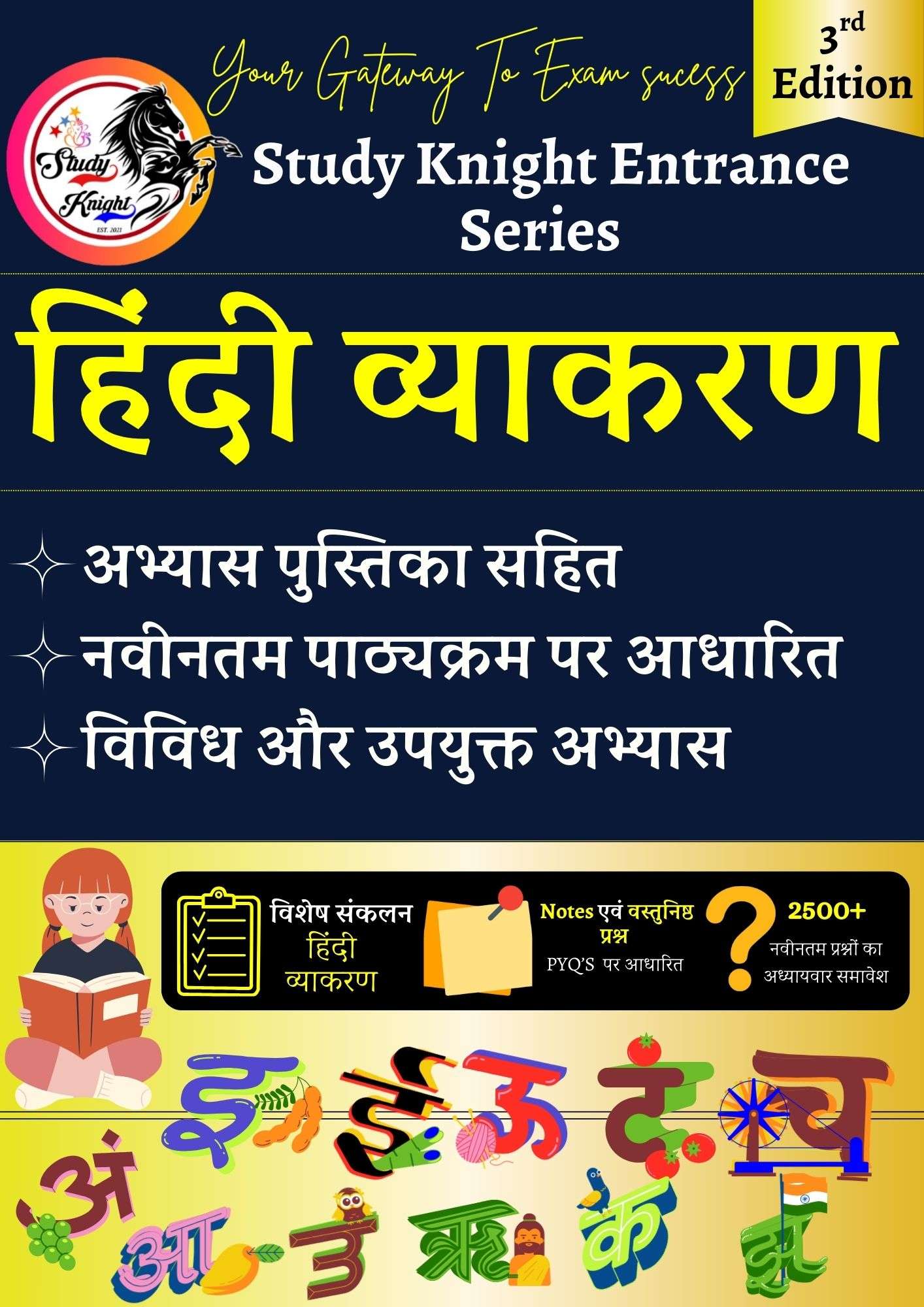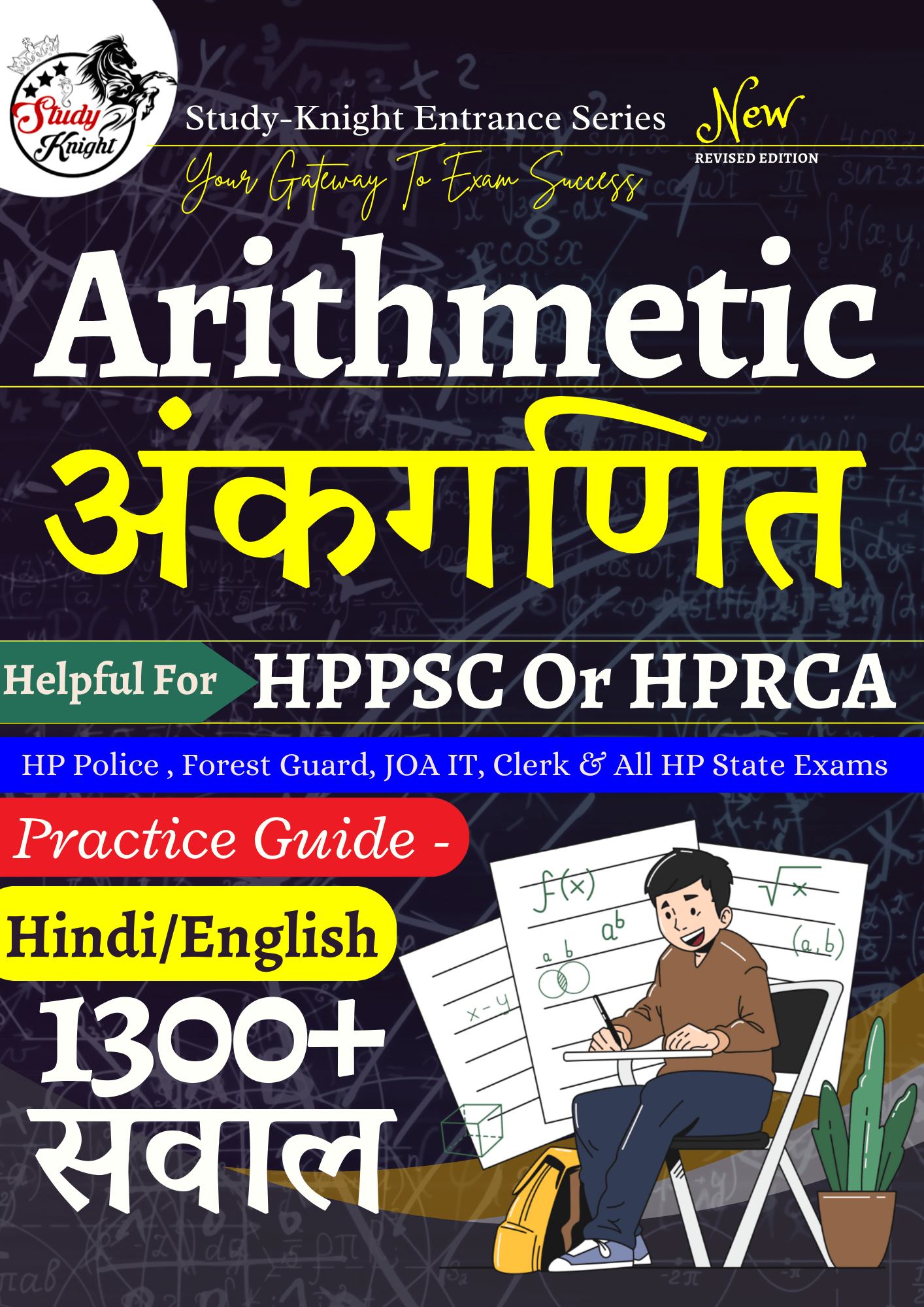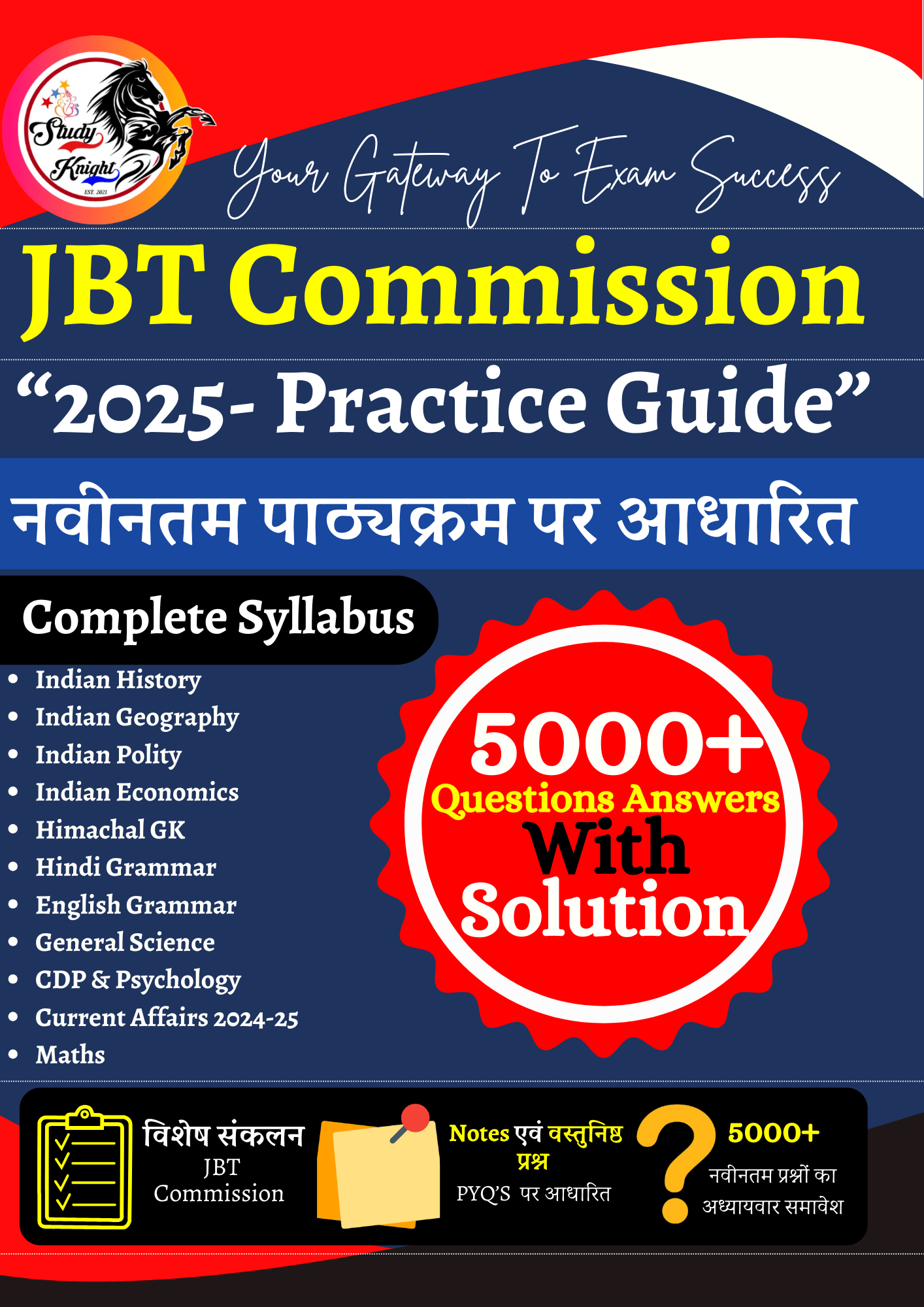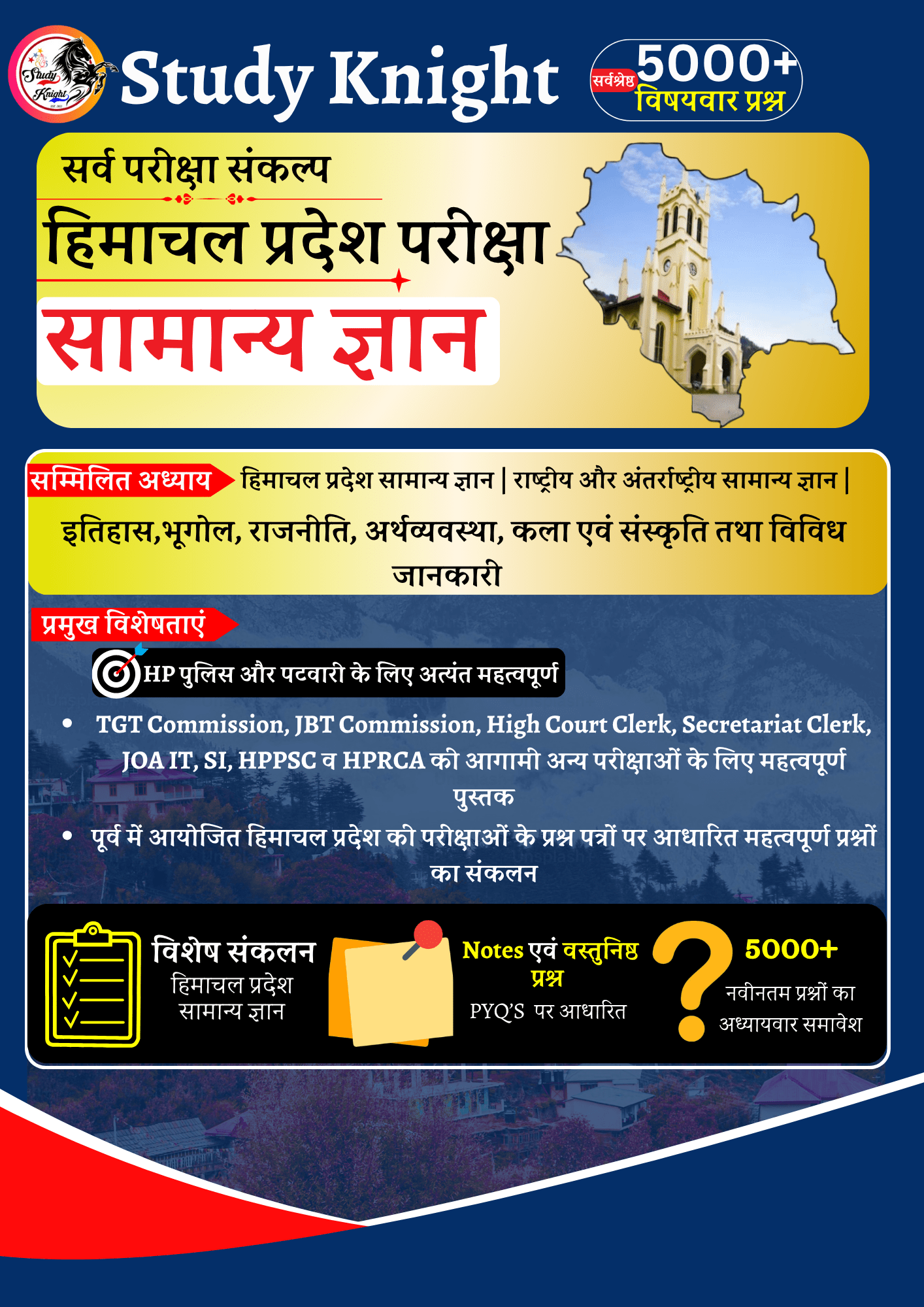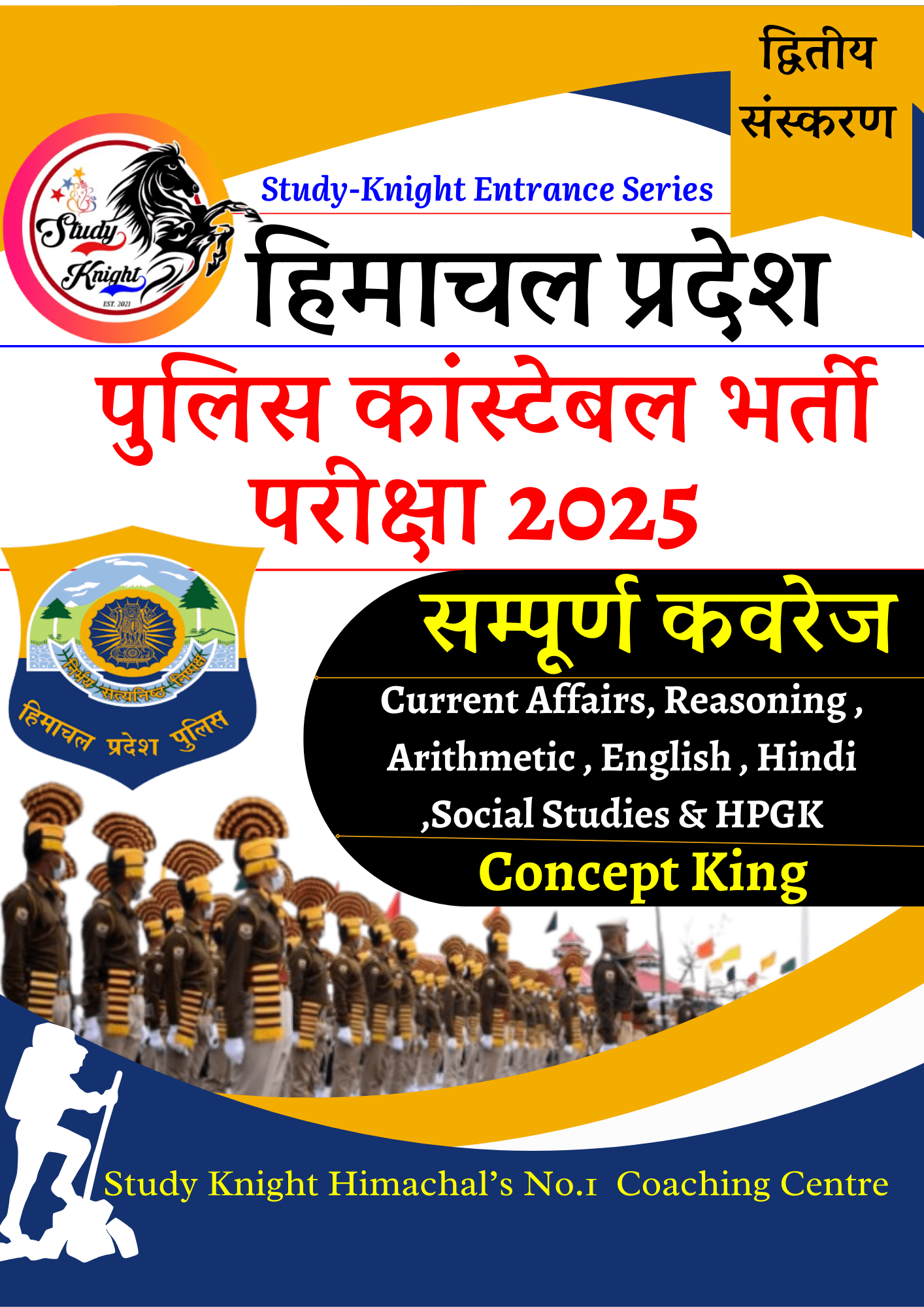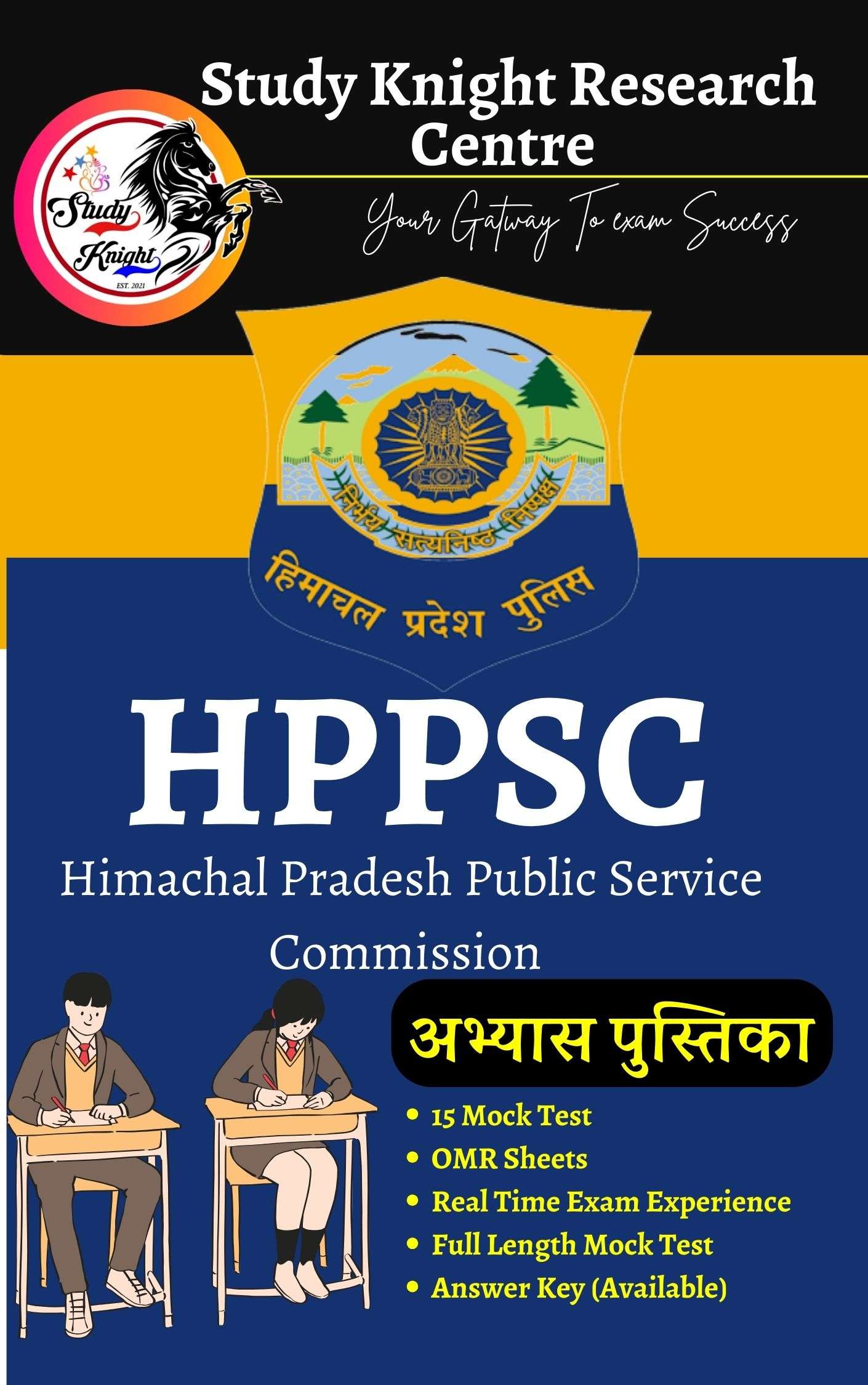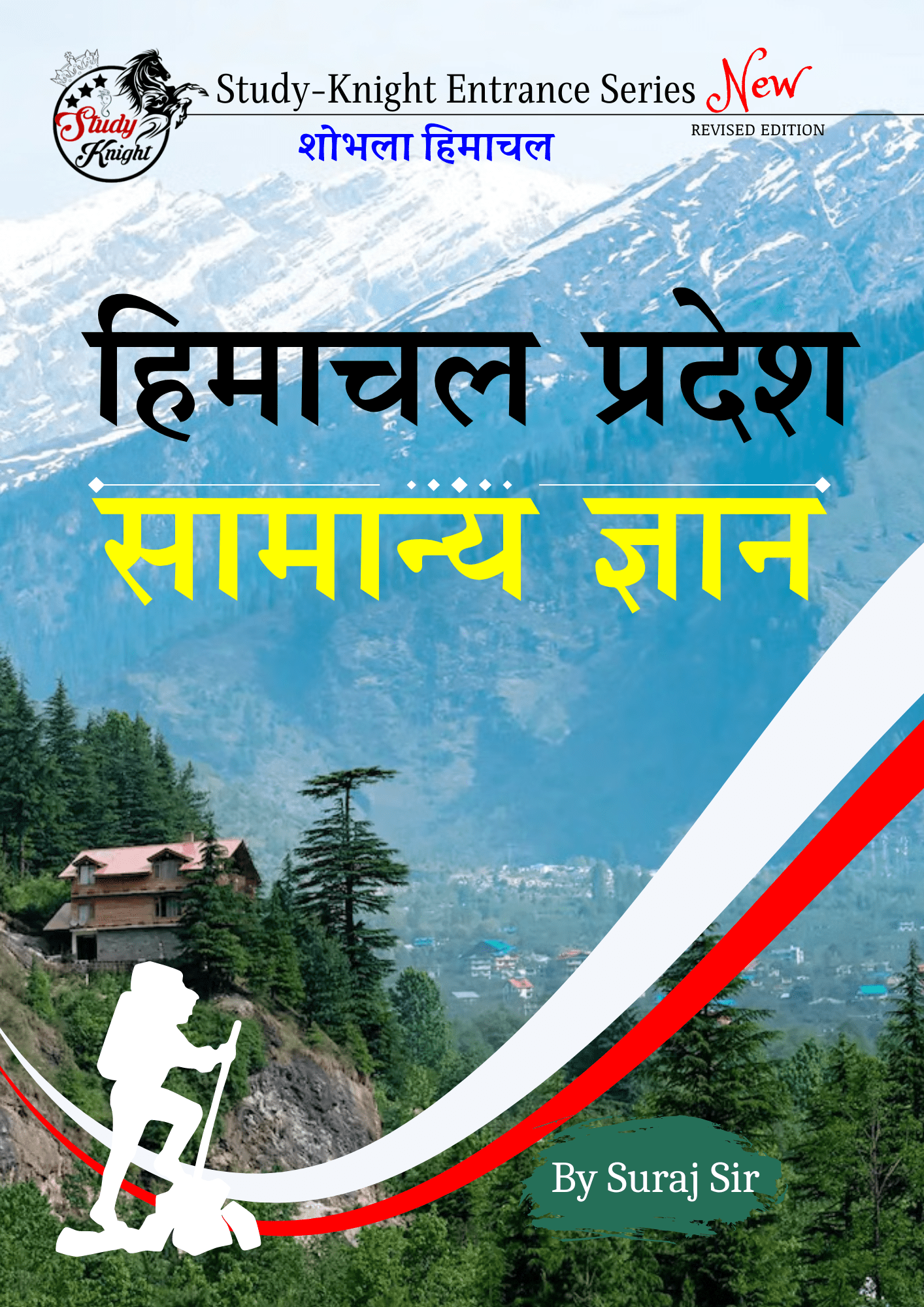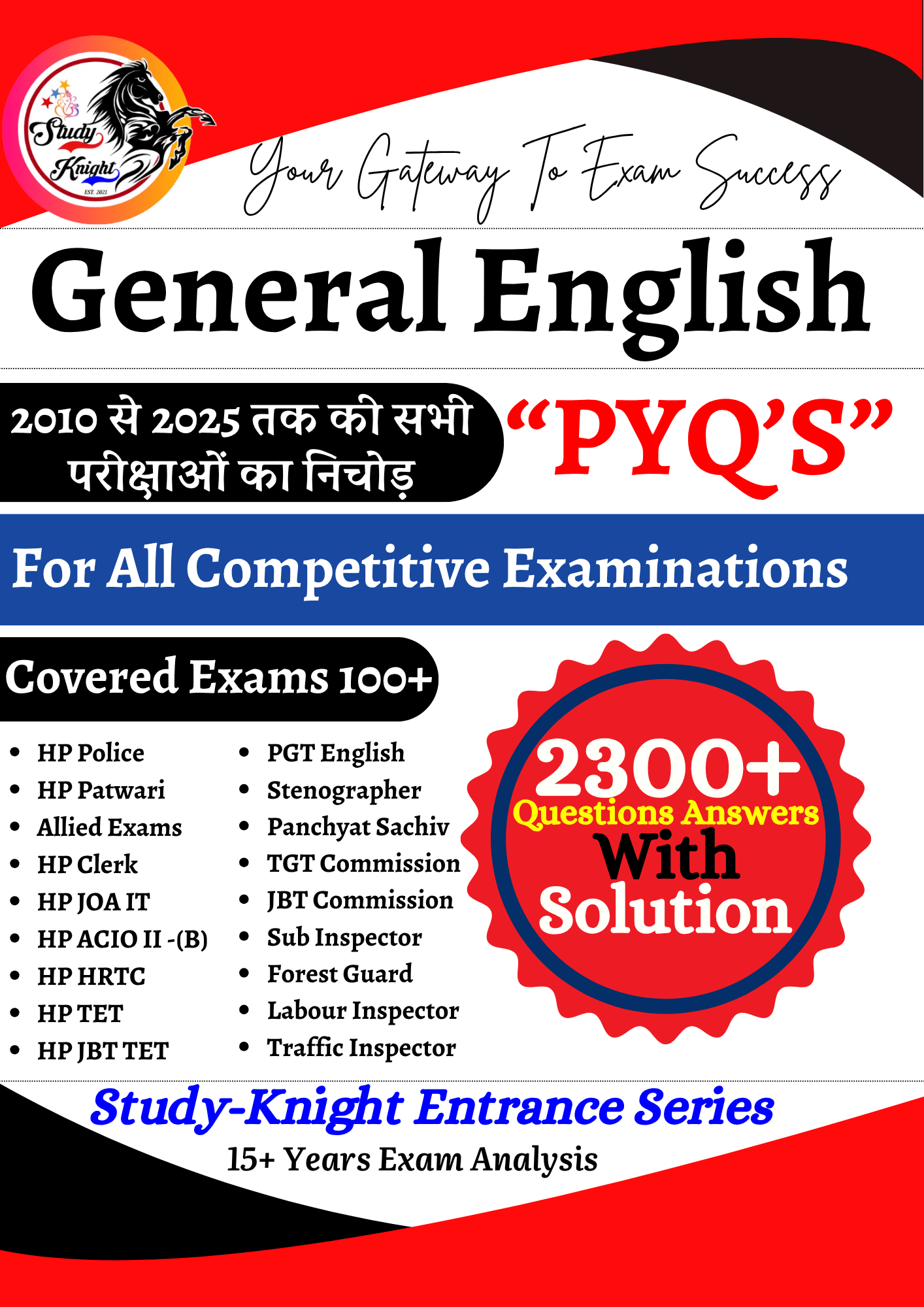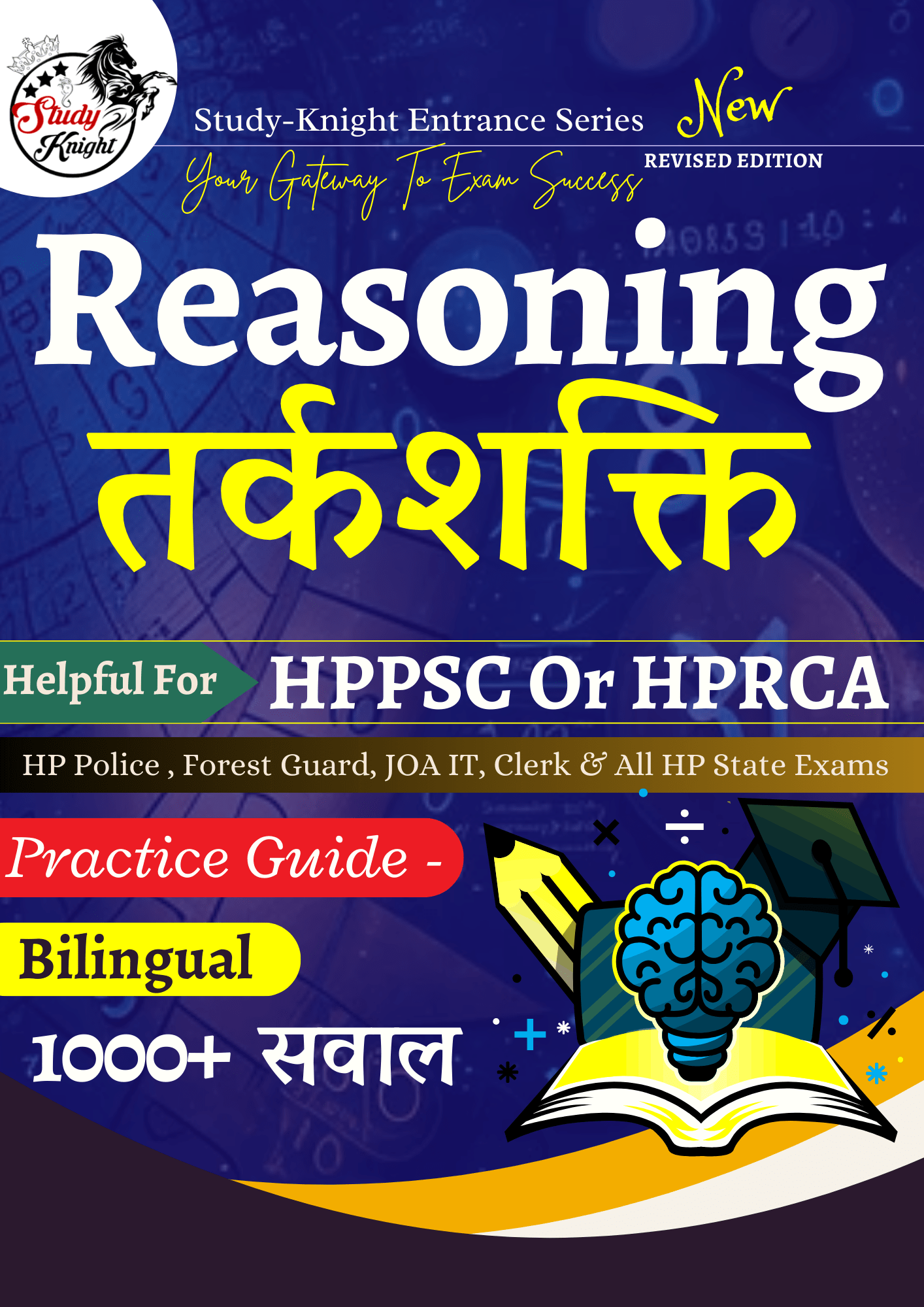Census of District Mandi Highlights of 2011
Also Read This: Top 7 Facts About the Stunning Geography of Mandi District
- Population Rank
- Mandi is the second largest district in Himachal Pradesh in terms of population.
- Sex Ratio
- Mandi ranks 3rd among the districts of Himachal Pradesh for sex ratio.
- Literacy Rate
- The district holds the 7th position in terms of literacy, with a literacy rate of 81.5%, compared to the state average of 82.8%.
- Rural Population
- Mandi tehsil has the highest rural population, while Sandhol sub-tehsil has the lowest rural population within the district.
- Sex Ratio Variations
- Lad Bharol tehsil has the highest sex ratio in the district, whereas Bali Chowki sub-tehsil has the lowest sex ratio.
- What is Mandi’s rank in terms of population among the districts of Himachal Pradesh?
A) 1st
B) 2nd
C) 3rd
D) 4thAnswer: B) 2nd
- In terms of sex ratio, where does Mandi district rank among the districts of Himachal Pradesh?
A) 1st
B) 2nd
C) 3rd
D) 4thAnswer: C) 3rd
- What is the literacy rate of Mandi district compared to the state average?
A) Higher than the state average
B) Lower than the state average
C) Same as the state average
D) Not specifiedAnswer: B) Lower than the state average
- Which district has the highest literacy rate in Himachal Pradesh?
A) Mandi
B) Shimla
C) Kangra
D) BilaspurAnswer: B) Shimla
- Mandi district ranks at which position in terms of literacy among the districts of Himachal Pradesh?
A) 5th
B) 6th
C) 7th
D) 8thAnswer: C) 7th
- Which tehsil in Mandi district has the highest rural population?
A) Sandhol
B) Lad Bharol
C) Mandi
D) Bali ChowkiAnswer: C) Mandi
- Which sub-tehsil in Mandi district has the lowest rural population?
A) Lad Bharol
B) Bali Chowki
C) Mandi
D) SandholAnswer: D) Sandhol
- In terms of sex ratio, which tehsil has the highest sex ratio in Mandi district?
A) Bali Chowki
B) Mandi
C) Sandhol
D) Lad BharolAnswer: D) Lad Bharol
- Which sub-tehsil in Mandi district has the lowest sex ratio?
A) Lad Bharol
B) Sandhol
C) Mandi
D) Bali ChowkiAnswer: D) Bali Chowki
- What is the state average literacy rate for Himachal Pradesh?
A) 80.0%
B) 81.5%
C) 82.8%
D) 83.5%Answer: C) 82.8%
Mandi District Census Overview
Population Statistics
2001 Census:
- Total Population: 901,344
- Male Population: 447,872
- Female Population: 453,472
- Population Growth: Not specified
- Sex Ratio: 1013 females per 1000 males
- Child Sex Ratio: 918 girls per 1000 boys
2011 Census:
- Total Population: 999,777
- Male Population: 498,065
- Female Population: 501,712
- Population Growth: 10.92%
- Sex Ratio: 1007 females per 1000 males
- Child Sex Ratio: 916 girls per 1000 boys
2024 (Projected):
- Total Population: 1,114,900
- Male Population: Not specified
- Female Population: Not specified
- Population Growth: Not specified
- Sex Ratio: Not specified
- Child Sex Ratio: Not specified
Literacy Rates
Religious Demographics (2011)
| Religion | Percentage | Population |
|---|---|---|
| Hindu | 98.16% | 981,412 |
| Muslim | 0.95% | 9,460 |
| Christian | 0.09% | 876 |
| Sikh | 0.41% | 4,081 |
| Buddhist | 0.26% | 2,628 |
| Jain | 0.00% | 43 |
| Others | 0.01% | 86 |
| Not Stated | 0.12% | 1,191 |
Urban vs. Rural Population (2011)
Urban Areas:
- Total Population: 62,637
- Male Population: 32,015
- Female Population: 30,622
- Sex Ratio: 956 females per 1000 males
- Child Sex Ratio: 879 girls per 1000 boys
- Literacy Rate: 91.56%
- Male Literacy Rate: 94.06%
- Female Literacy Rate: 88.98%
Rural Areas:
- Total Population: 937,140
- Male Population: 466,050
- Female Population: 471,090
- Sex Ratio: 1011 females per 1000 males
- Child Sex Ratio: 918 girls per 1000 boys
- Literacy Rate: 80.84%
- Male Literacy Rate: 89.24%
- Female Literacy Rate: 72.64%
Population Density
| Year | Density (per sq. km) |
|---|---|
| 2001 | 228 |
| 2011 | 253 |
Houseless Population (2011)
| Description | Number | Percentage of Total Population |
|---|---|---|
| Families Without Roof | 102 | 0.0399% |
| Total Houseless Population | 399 | – |
Child Population (0-6 years)
| Year | Total Population (0-6 years) | Male | Female | Percentage of Total Population | Child Sex Ratio |
|---|---|---|---|---|---|
| 2001 | 119,949 | 61,219 | 58,730 | 13.31% | 918 |
| 2011 | 112,074 | 58,486 | 53,588 | 11.21% | 916 |
Population Projections
| Year | Projected Population |
|---|---|
| 2021 | 1,092,500 |
| 2022 | 1,101,200 |
| 2023 | 1,108,500 |
| 2024 | 1,114,900 |
Urban Agglomerations and Cities
- Urban Agglomerations: None
- Cities: None
Q.1 What was the total population of Mandi District according to the 2011 Census?
A. 901,344
B. 999,777
C. 1,092,500
D. 1,114,900
Answer: B. 999,777
Explanation: The total population of Mandi District in the 2011 Census was 999,777.
Q.2 How much did the population of Mandi District increase from 2001 to 2011?
A. 16.10%
B. 10.92%
C. 13.31%
D. 11.21%
Answer: B. 10.92%
Explanation: The population growth from 2001 to 2011 in Mandi District was 10.92%.
Q.3 What was the sex ratio in Mandi District according to the 2011 Census?
A. 1013
B. 1007
C. 940
D. 956
Answer: B. 1007
Explanation: The sex ratio in Mandi District in 2011 was 1007 females per 1000 males.
Q.4 What was the average literacy rate in Mandi District in 2011?
A. 75.24%
B. 81.53%
C. 85.94%
D. 89.56%
Answer: B. 81.53%
Explanation: The average literacy rate in Mandi District in 2011 was 81.53%.
Q.5 What percentage of the Mandi District population was Hindu according to the 2011 Census?
A. 98.16%
B. 0.95%
C. 0.09%
D. 0.41%
Answer: A. 98.16%
Explanation: According to the 2011 Census, 98.16% of Mandi District’s population was Hindu.
Q.6 How many people lived in urban areas of Mandi District according to the 2011 Census?
A. 62,637
B. 937,140
C. 119,949
D. 112,074
Answer: A. 62,637
Explanation: In 2011, the urban population of Mandi District was 62,637.
Q.7 What was the male literacy rate in the rural areas of Mandi District in 2011?
A. 85.94%
B. 89.56%
C. 89.24%
D. 94.06%
Answer: C. 89.24%
Explanation: The male literacy rate in rural areas of Mandi District in 2011 was 89.24%.
Q.8 What was the child sex ratio in Mandi District in 2011?
A. 916 girls per 1000 boys
B. 918 girls per 1000 boys
C. 879 girls per 1000 boys
D. 940 girls per 1000 boys
Answer: A. 916 girls per 1000 boys
Explanation: The child sex ratio in Mandi District in 2011 was 916 girls per 1000 boys.
Q.9 How many families were houseless in Mandi District during the 2011 Census?
A. 102
B. 399
C. 587,884
D. 723,747
Answer: A. 102
Explanation: In the 2011 Census, there were 102 families without a roof in Mandi District.
Q.10 What was the density of Mandi District in 2011?
A. 228 people per sq. km
B. 253 people per sq. km
C. 300 people per sq. km
D. 200 people per sq. km
Answer: B. 253 people per sq. km
Explanation: The population density of Mandi District in 2011 was 253 people per square kilometer.
Q.11 What was the female literacy rate in urban areas of Mandi District in 2011?
A. 72.64%
B. 75.24%
C. 88.98%
D. 64.82%
Answer: C. 88.98%
Explanation: The female literacy rate in urban areas of Mandi District in 2011 was 88.98%.
Q.12 How many children aged 0-6 were there in Mandi District in 2011?
A. 119,949
B. 112,074
C. 106,402
D. 5,672
Answer: B. 112,074
Explanation: In the 2011 Census, there were 112,074 children aged 0-6 in Mandi District.
Q.13 What percentage of Mandi District’s population lived in rural areas according to the 2011 Census?
A. 6.27%
B. 93.73%
C. 80.84%
D. 11.21%
Answer: B. 93.73%
Explanation: According to the 2011 Census, 93.73% of Mandi District’s population lived in rural areas.
Q.14 What was the percentage of child population (0-6 years) in the rural areas of Mandi District in 2011?
A. 9.06%
B. 11.90%
C. 11.35%
D. 13.31%
Answer: B. 11.90%
Explanation: In 2011, the child population (0-6 years) in rural areas of Mandi District was 11.90% of the total rural population.
Q.15 What was the proportion of the Mandi District population to the total Himachal Pradesh population in 2011?
A. 14.56%
B. 14.83%
C. 13.31%
D. 11.21%
Answer: A. 14.56%
Explanation: In 2011, Mandi District’s population constituted 14.56% of the total Himachal Pradesh population.
Q.16 What was the total number of literates in Mandi District in 2001?
A. 723,747
B. 587,884
C. 671,588
D. 119,949
Answer: B. 587,884
Explanation: The total number of literates in Mandi District in 2001 was 587,884.
Q.17 What was the male child population (0-6 years) in the urban areas of Mandi District in 2011?
A. 3,018
B. 55,468
C. 61,219
D. 58,486
Answer: A. 3,018
Explanation: The male child population (0-6 years) in urban areas of Mandi District in 2011 was 3,018.


